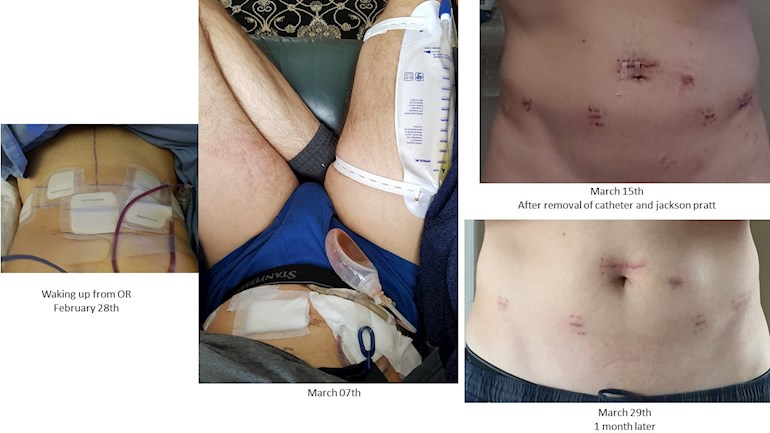One month after surgery, the pathology results from dissection of the prostate and lymph are out :
-Gleason 7 in the prostate (was previously Gleason 9 at biopsy)
-Beginning of capsular invasion but negative operative margin
-3 lymph found positive on 25 lymph removed
PSA currently .36 down from 20.1 prior to surgery. Not nadir yet because Dr with half life calculation says there could be variation...so new PSA required in 2 weeks.
Continence control is very good with being dry from 10pm to noon the next day... and 1 pad required for the dribbling while i'm at work and playing with the cat 
Dr says if PSA goes to non measurable within 2 weeks then you're free to go. But if there is still some i want me to pass a PSMA imagery and then decide for adjuvant treatment.
